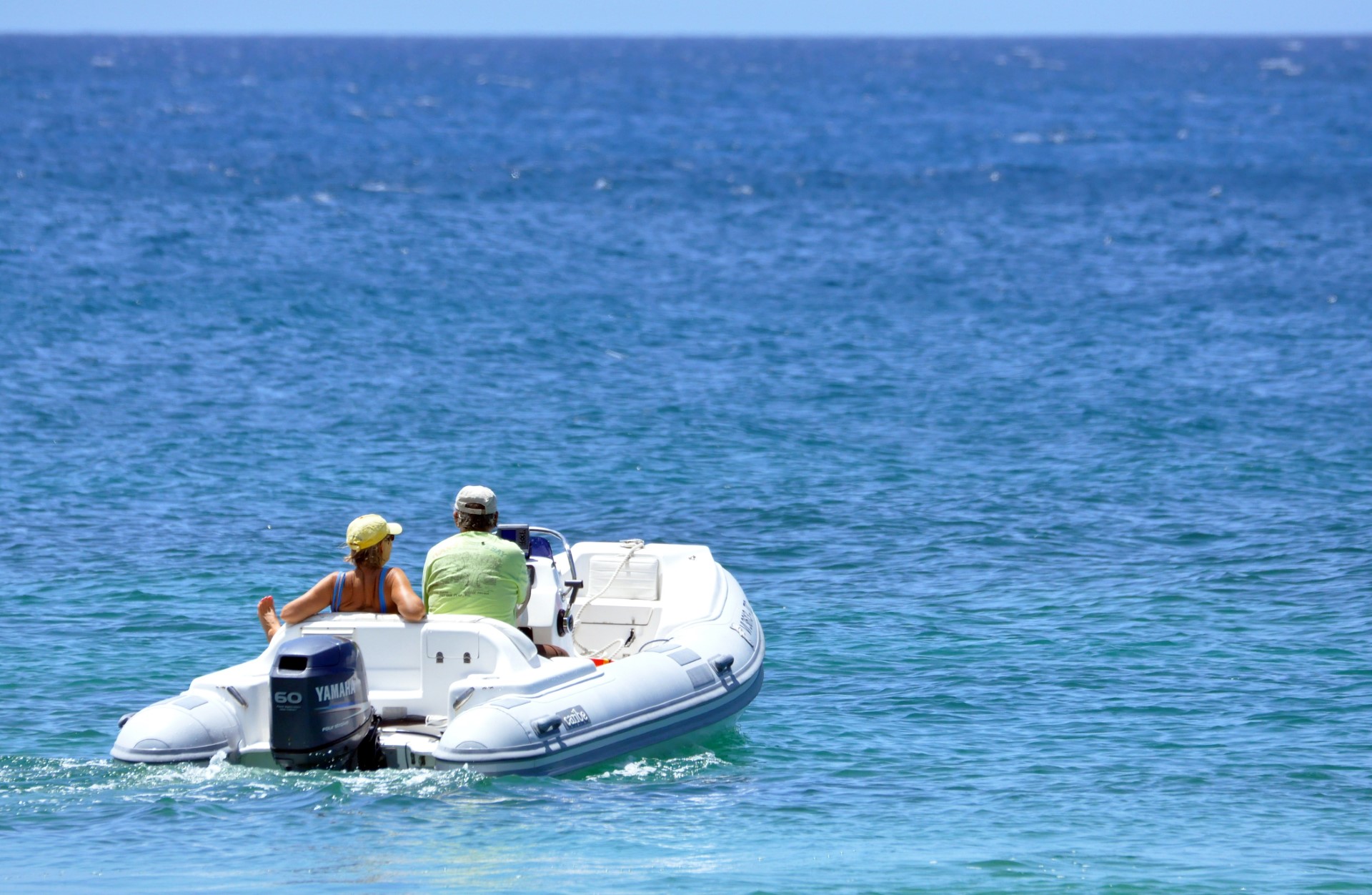ASA 116 – Dinghy & Outboard
ASA 116, Dinghy & Outboard Course,
One day 4-hour course
Course Price and Scheduling
Group Course
Total of three students – You and two other students, who we match you up with.
Group Course: $265 per student.
Private Course
A private course for you and 1 or 2 other people you know, based on your schedule.
Private Course 1 Student: $585 total.
Private Course 2 Students: $685 total.
Private Course 3 Students: $785 total.
Information about the Course
116 Overview
Knowing how to operate and maintain a dinghy and outboard is an essential part of seamanship. Dinghies help us get ashore, transport provisions, and travel between vessels. In this course, you will learn how to safely operate a dinghy and outboard. In addition, you’ll get a good understanding of the responsibilities of a dinghy captain, including steering, towing, hoisting, landing, securing and storing.
For a full list of all 46 topics (knowledge and skills) that will be covered click below.
KNOWLEDGE
Basic Terminology & Descriptions
- Describe and identify the following dinghy parts and their functions:
- Inflation valve
- Drain plug
- Bow ring
- Towing eye
- Thwart seat
- Bow locker
- Handles
- Oarlocks
- Oars
- Describe and identify the following outboard motor parts and their functions:
- Throttle
- Gear shift
- Choke
- Stop button
- Kill cord
- Starting cord
- Oil sump
- Fuel filter
- Spark plug
- Fuel connection
- Fuel tank air vent
- Clamp screws
- Tilt lever
- Tilt support
- Lower unit
- Anode/zinc
- Propeller
- Carburetor
- Describe the characteristics of hard shell, soft inflatable, rigid inflatable and folding
- Describe the characteristics of gasoline, propane and electric-powered outboard
Safety Gear and Procedures
- List the federally-required and the recommended equipment for a dinghy and outboard, including lighting requirements.
- Describe safe loading/boarding procedures and the significance of the capacity
Operating Procedures
- Explain outboard motor start procedures, including sufficient fuel, fuel hose connections, fuel tank air vent, priming bulb, choke, start cord, stop button/kill cord, tilt control, cooling
- Describe the procedure for engaging and testing throttle control and gear
- Explain outboard motor shutdown
- Describe the precautions for operating in reverse
- Describe the precautions and steps for planing the
- Describe procedures for beach landings and departures, including selection of an appropriate landing site.
- Describe procedures for approaching and securing to a
- Describe the etiquette for approaching and securing to a crowded dinghy
- Describe procedures for deploying a dinghy bow or stern
- Describe methods of boarding swimmers into a dinghy from the
- Describe procedures for using a dinghy to tow a disabled
- Describe procedures for using a dinghy as a bow
- Describe procedures for using a dinghy to deploy a second anchor from a
Security and Transit
- Describe security measures for unattended
- Describe the gear and procedures to safely tow a
- Describe equipment safe procedures for hoisting an outboard
- Describe hoisting and storage for onboard transit using halyards, davits, cranes, hoisting arms, or levers.
Care and Maintenance
- Describe fueling procedures for a gasoline motor, including pre-mixing oil for 2-stroke
- Describe the implications of using ethanol gasoline mix, and precautions against damage to the motor.
- Describe how to properly inflate a soft or rigid inflatable
- Describe care and maintenance procedures for dinghy hulls and
- Describe troubleshooting steps to take for the following common problems with gasoline-powered outboard motors:
- Motor won’t start
- Motor flooded with gasoline
- Motor stalls or stops
- Motor runs but has no power
- Motor starts but no cooling water is evident
SKILLS
Prepare and operate dinghy and outboard motor from a dock and/or a yacht.
Preparation
- Launch the dinghy from a dinghy rack, or from the deck or davits of a Ensure drain plug is installed and dinghy is properly inflated.
- Mount the outboard motor securely to the dinghy
- Connect fuel supply and demonstrate outboard motor starting procedures
- Ensure that required dinghy safety equipment is on board, and demonstrate procedures for
- Demonstrate safe crew boarding
Operating and Maneuvering
- Start, test gears
- Safely depart from dock or
- Maneuver the dinghy in an open space with smooth and efficient outboard operation:
- Operate in forward and reverse
- Maneuver in a straight line and in a figure-8
- Stop the dinghy using opposite gear and appropriate
- Simulating engine failure, row or paddle the
- Safely return to dock or
Docking and Beach Landings and Departures
- Dock the dinghy bow first or alongside a dock, allowing crew to embark/disembark.
- Secure the dinghy at a dock using a bow line and securing cable or
- Demonstrate safe beach landing and departure
Anchoring
- Anchor the dinghy using a bow
- Deploy a stern anchor to hold the dinghy in position when
Transit
- Demonstrate correct procedures for towing a
- Secure the dinghy for safe transit or storage (davits, crane, platform as available)
Knots
- Describe the purpose of and construct each of the following knots without assistance:
- Clove hitch
- Round turn and 2 half hitches
- Cleat hitch
- Bowline
Prerequisite – None
Boat utilized and description – Dinghy and Outboard motor
There are several types of dinghies and outboards that you will be introduced to during this course including Honda gas outboard and EPropulsion electric outboard.
Boat location – Balboa Marina, Newport Beach, CA
The course will be conducted at the Balboa Marina where our office is located. This marina has some of the best facilities and is one of the best destinations in Southern California.
- Ample free parking
- Bathrooms and showers
- Two great restaurants with full bars – SOL Mexican Cocina & Tavern House Kitchen and Bar
- Starbucks across the street
- Gas station and minimart across the street
- Subway across the street
What’s included
- ASA 116 textbook “Going Ashore Made Easy”
- Fuel, insurance, and safety gear (including life jackets)
Cost Matrix to Reschedule a Class
Cost Matrix to Reschedule a Class




